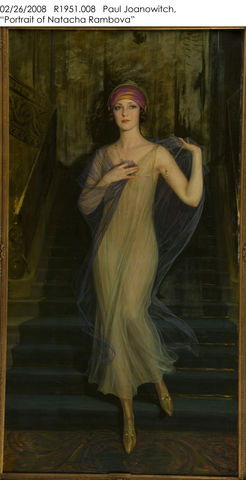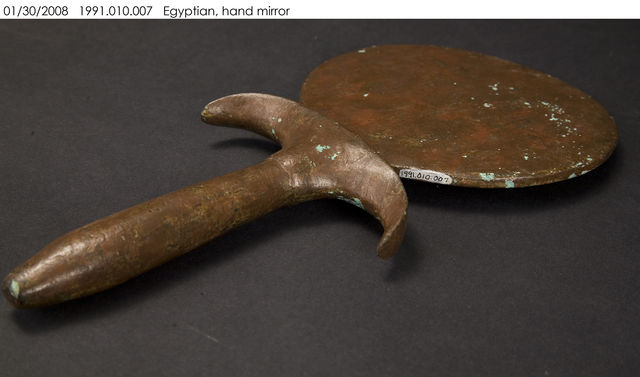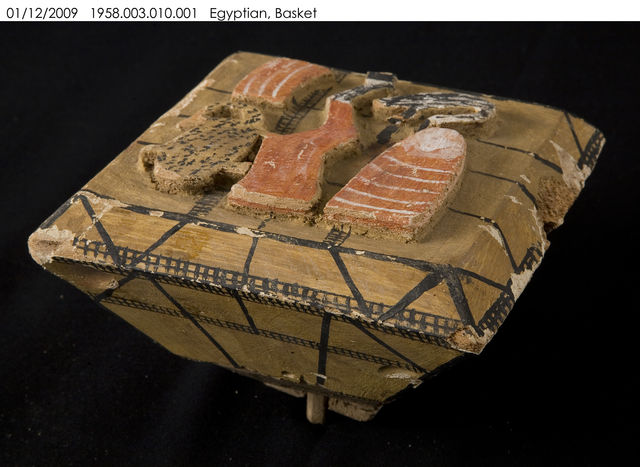The rebellious daughter of a wealthy Salt Lake City family was sent to a British boarding school in the early 1900s, where she learned ballet and scandalized her family by dancing professionally. That same daughter had an affair with a much older married dancer and choreographer, prompting both of them to flee abroad to escape her controlling family. He became abusive, and she escaped from him into the world of Hollywood costume design.

These real-life events are not even half of what made the existence of Natacha Rambova, born Winifred Kimball Shaughnessy, so spectacular. In addition to dancing and costume design, she also acted during the silent film era, worked in the field of Egyptology and dabbled in spiritualism, leaving few artistic endeavors untouched by her life. Her legacy continues today, 50 years after her death, through fictionalized versions of her character on shows such as “American Horror Story” and through the 300 or so objects she donated to the Utah Museum of Fine Arts (UMFA) in the 1950s and ‘60s, creating the bulk of the U’s Egyptian collection.
Luke Kelly, the UMFA’s associate curator of antiquities, said that Rambova and her mother, Winifred Kimball Hudunt, were vital to the creation of the museum in the 1950s. Hudunt was the U’s first major donor of European paintings, furniture and various other objects lining the building’s galleries. Rambova followed suit by giving the museum her Ancient Egypt collection, as well as advising staff on how to display the pieces.
“One of her dreams was to build a museum that focused on symbolism in world religions,” Kelly said. “She never fulfilled that dream but took comfort in the fact that her objects were in a museum that people could come and visit.”
Rambova entered into Egyptology after spending seven years in Hollywood with her silent film co-star and husband Rudolph Valentino and then another few years with her next spouse, Alvaro de Urzaiz, a Spanish aristocrat she later divorced due to his pro-fascist leanings.
“She is an example of a person who, when she found a passion like Egyptology, she threw herself into it,” Kelly said. “She lived her life to the fullest.”
Emma Phelps, a senior in English and a fan of “American Horror Story,” said she had heard of Rambova when she studied early Hollywood in theatre classes, but it was the TV show’s fictional representation of her that got her interested in the real-life person.
Phelps said she did not know she had donated so much to the UMFA.
“Knowing that she is behind us, having access to that, makes that little section mean a lot more to me,” Phelps said. “She was a powerhouse, and the fact that she chose to donate even a small amount of what would have been an amazing collection of hers to a museum in her own town makes me feel really lucky and really anxious about going back and getting a better look at all of the collections.”

Phelps said she sees Rambova as an inspiration, and she hopes her television representation leads other young people to discover her real story.
“It’s exciting to see someone, especially a woman, see so much success in her life, especially in the age she lived in. She worked so hard to accomplish all of her dreams, especially as she was working against some of the more conservative ideals of her parents and her partners,” Phelps said. “She considered herself a feminist and took her career incredibly seriously and never let the world around her hold her down.”
For those interested in learning more about her, Michael Morris’ 1991 biography Madame Valentino: The Many Lives of Natacha Rambova is a good place to start.
The UMFA is closed for renovation this year, but visitors can see Rambova’s Egyptian collection, as well as the rest of the museum’s exhibits and galleries, when the building reopens in 2017.
k.ehmann@dailyutahchronicle.com
@Ehmannky



Denis Lampron • Nov 2, 2019 at 10:14 am
I think about her all the time. It must be a past lifetime thing.
